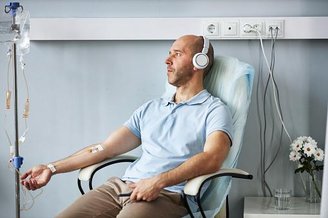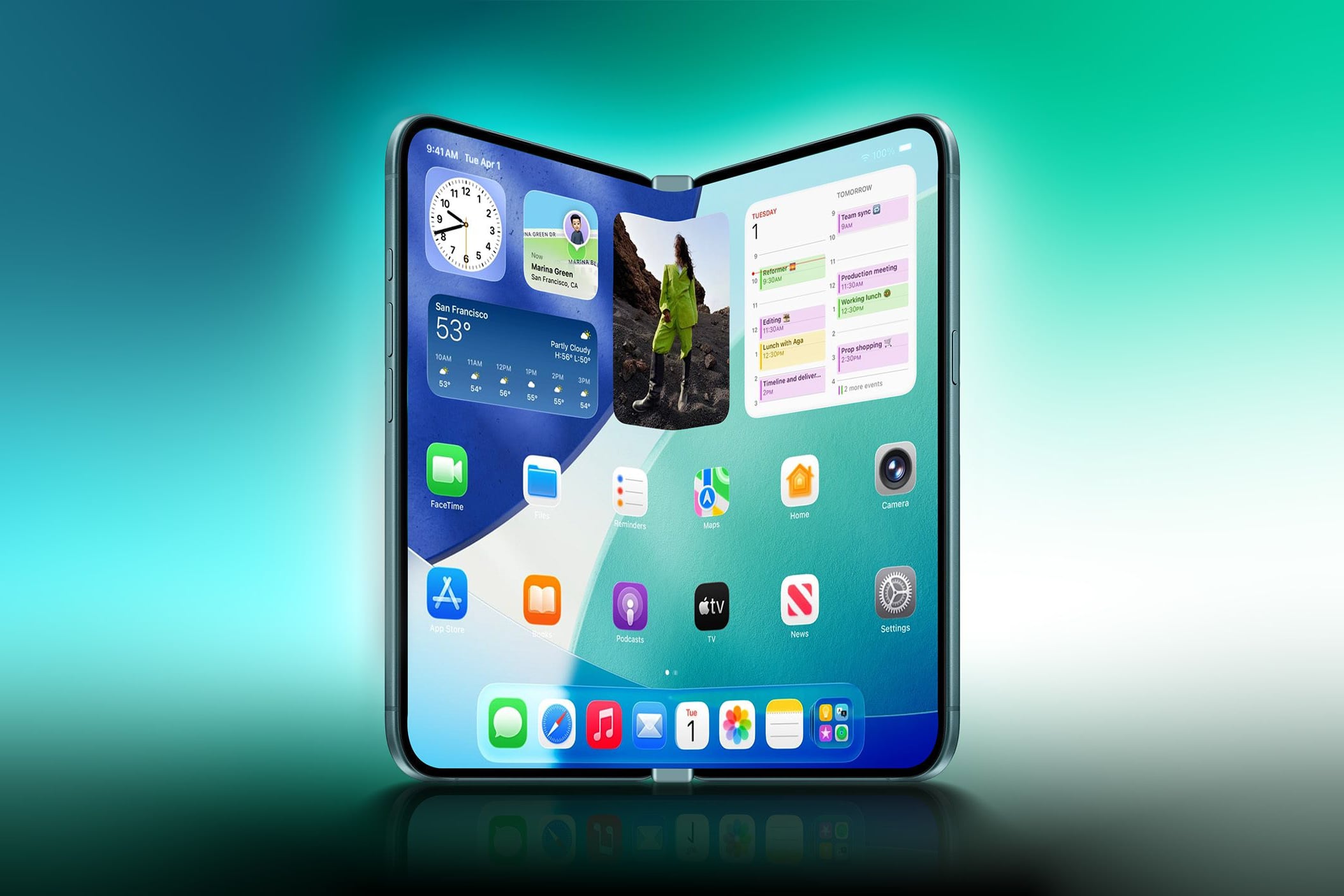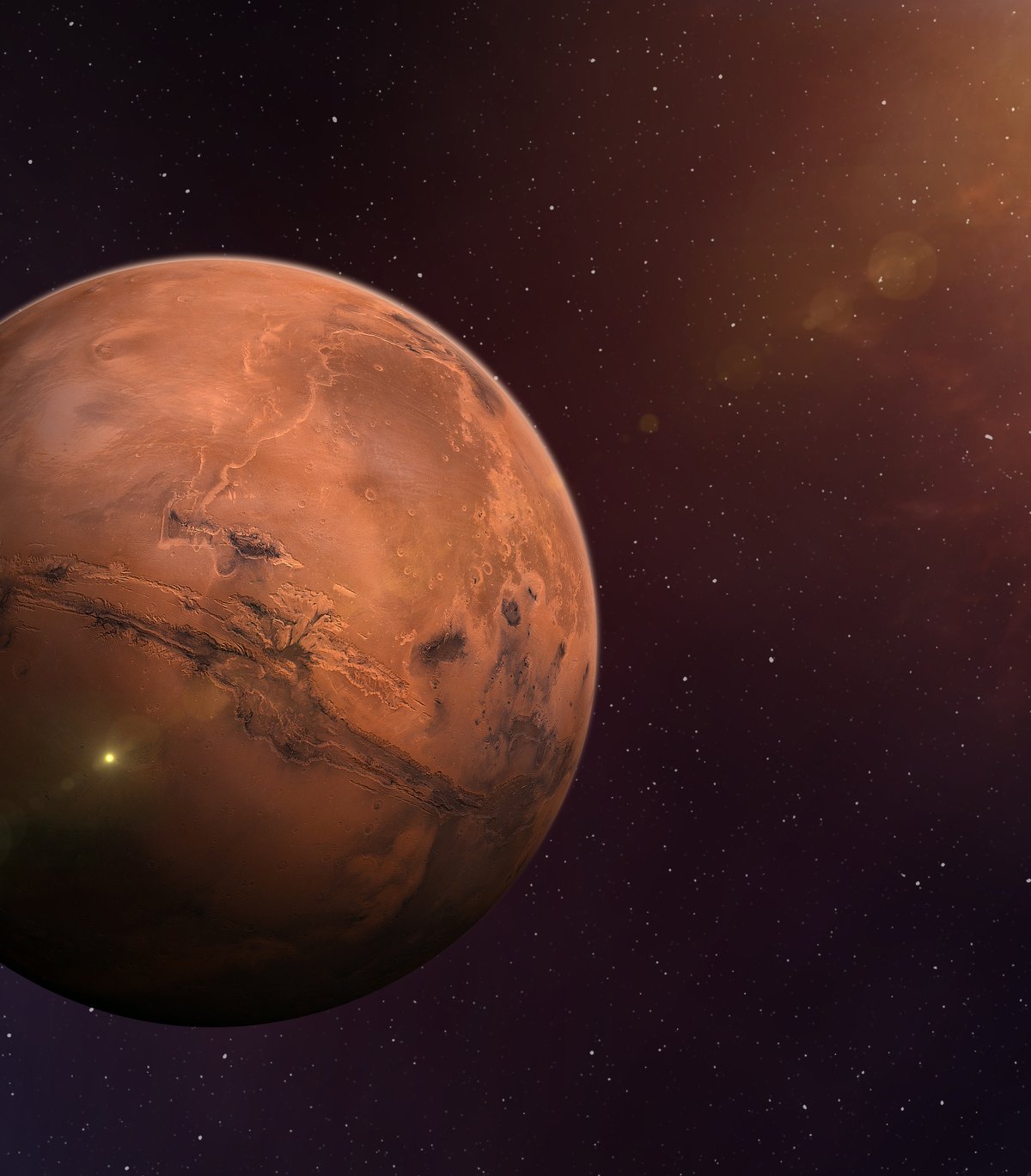On the eve of planned missions to deep space later this decade, the aim of the study was to evaluate the effects of exposure to microgravity and galactic cosmic radiation (GCR) on the health of astronauts on missions that could last years in space. The focus was on key internal organs such as the kidneys, which have been little studied so far.
Health problems of astronauts during space travel have been known to scientists since the 1970s. Years after humans moved beyond the Earth’s magnetic field, with Apollo 8 and shortly thereafter with the Moon landing in 1969.
In addition to loss of bone mass, many astronauts experienced weakening of the heart and vision and a widespread increase in kidney stones. Both then and now, The most accepted hypothesis is that these problems will be linked to exposure to solar winds and GCR from deep space..
How were studies conducted on astronauts who left Earth?
To date, only 24 humans who have traveled to the Moon have been exposed to GCR for periods between 6 and 12 days. Since no one has researched what kind of changes may occur in the kidneys and other organs as a result of these tasks, A team of researchers from more than 40 institutions on five continents conducted a series of experiments for this purpose.
Physiological, anatomical and biomolecular data from 20 study groups were analyzed, including 12 simulations involving rats and mice, as well as low Earth orbit (LEO) missions performed by humans and rodents on the International Space Station (ISS), according to the statement. rats. In seven of these, animals simulated deep space travel with doses of GCR equivalent to expeditions to Mars lasting 1.5 and 2.5 years..
While it is already known what happens to astronauts on short space missions, “we don’t know why these problems arise,” according to Keith Siew, the leader of the study.
Why does research say a trip to Mars would result in hemodialysis?

The result of the research revealed that the kidneys of astronauts and rodents went through a “restructuring” process. Before completing a month in space, Kidney tubules, which are responsible for regulating calcium and salt (electrolyte) balance in the body, begin to shrinkThe researchers attributed this to microgravity rather than GCR.
The team’s main finding was: The accumulation of calcium in the astronauts’ urine was not caused by bone loss, but by changes in the processing of salts in the kidneys. Siew evaluated, “If we do not develop new ways to protect our kidneys, I can say that even if an astronaut can reach Mars, he may need dialysis on his return.”
Always stay up to date on science and astronomy at TecMundo. If you wish, take advantage of knowing how long it takes to travel around Mars.
Source: Tec Mundo
I’m Blaine Morgan, an experienced journalist and writer with over 8 years of experience in the tech industry. My expertise lies in writing about technology news and trends, covering everything from cutting-edge gadgets to emerging software developments. I’ve written for several leading publications including Gadget Onus where I am an author.













